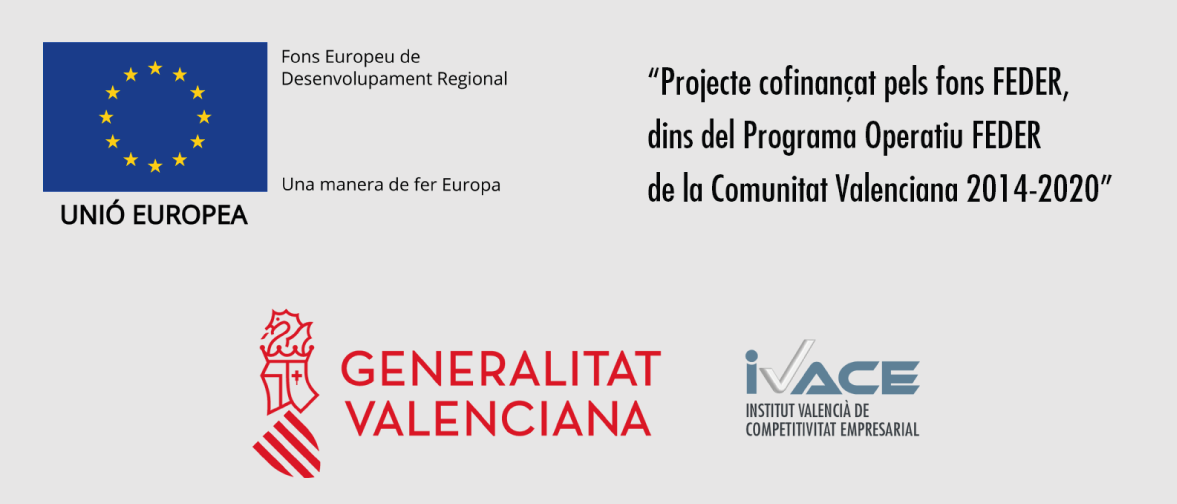1.3 - Experiment design and support
The tutorial is designed
to guide you in the steps of SPMI analysis based on a cancer exome case study using
Mutect2 of GATK Mckenna (McKenna, et al. 2010; DePristo, et al. 2011; Cibulskis, et al. 2013) and a panel of normal (PON).
We use Mutec2 of GATK because this command is specifically designed to call cancer somatic variants which present lower frequencies than germinal variants on cancer data. For more details see this page of the GATK forum https://gatk.broadinstitute.org/hc/en-us/articles/360037593851-Mutect2. Briefly, somatic variants are acquired genomic variants that are the most common cause of cancer. They occur due to accumulated damage to the genes within an individual cell over a person’s life, which is typically caused by exposure to common carcinogens such as tobacco, ultraviolet light or radiation, viruses, chemical exposures, aging, etc. Somatic variants are present at lower frequencies than germinal variants because they are not found in every cell in the body and are not passed from parent to child (see also https://voice.ons.org/news-and-views/germline-and-somatic-mutations-what-is-the-difference). The problem with cancer variants is frequencies of occurance are typically below the expected error threshold of sequencing machines. To address this issue, Mutect2 was designed to manage somatic variants that occur at low frequencies. For this reason, we also need to use a PON in the Variant Calling step. The PON is a resource used in somatic variant analysis using normal healthy samples (believed to not have any somatic alterations). Their main purpose is to capture recurrent technical artifacts in order to improve the results of the variant calling analysis. For more details, see https://gatk.broadinstitute.org/hc/en-us/articles/360035890631-Panel-of-Normals-PON-.
If you have any questions, contact us for support at https://forum.biotechvana.com. You can also visit our chatbot at https://gpro.biotechvana.com/genie.

